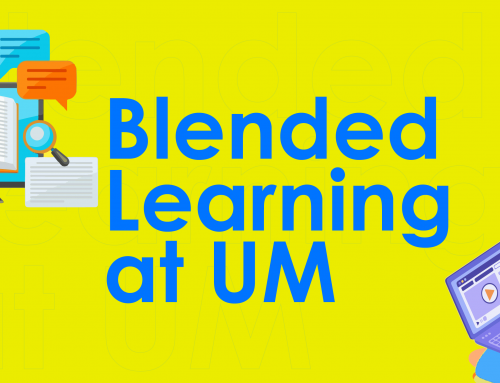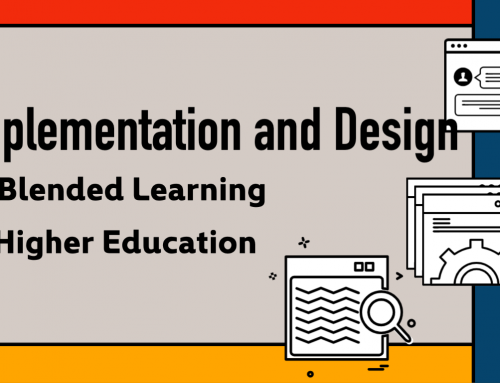Project Description
📺 An Instructor’s Guide to Making Instructional Videos 👩🏫
The importance of instructional videos
Creating instructional videos for students to view before class can benefit instructors and students. Students tend to learn from media and texts, and videos introducing course contents before a face-to-face class can better prepare students for in-class activities and improve their engagement with course contents and their instructors. Pre-recorded instructional videos with accessible captions can help shed light on difficult topics and help students succeed.
Benefits of instructional videos for undergraduate students
- Pre-recorded videos help students prepare for class discussions and activities
- Videos help EFL students prepare to engage with course content
- Supports independent study and review
Best practices for creating instructional videos
- Optimal video length (aim for videos under 10-20 minutes)
- Use scripts or outlines
- Important to develop engaging content with images and dynamic speech
Steps to create instructional videos
Step 1: Planning
- Identify learning outcomes which to relate to each video
- Gather instructional materials and images that illustrate key ideas
- Outline points and a develop a rough script
- Prepare slides with an attractive PowerPoint theme
Step 2: Recording
Tools and equipment recommended:
- CTLE Studios 1 & 2 are ready to be used by UM colleagues
- Good lighting, a high-quality USB microphone and webcam are necessary to look and sound your best
- Use recording software that results in high quality media, e.g., OBS Studio (free) or Camtasia
Step 3: Editing
- Remove pauses with software
- Add animations to highlight points
- Adjust audio levels for a standardized output
- Guides to Adobe Rush and Camtasia
Step 4: Sharing
- Upload to YuJa and integrate with Moodle
- Caption videos for accessibility
- Features of YuJa: Privacy and Analytics
Additional resources
- Book a CTLE Studio #1 (Mac) and #2 (Windows)
- Get started with software tutorials: Adobe Rush, Camtasia 2020, OBS Studio, YuJa
- Support and documentation from ICTO
- Request a personal consultation at CTLE
- Our BL Working Group can find updates on UMMoodle
- Tips: Preparing to record videos
- Tips: How to record PPT slides with Camtasia
Related references
Belt, E. S., & Lowenthal, P. R. (2021). Video use in online and blended courses: a qualitative synthesis. Distance Education, 42(3), 410–440. https://doi.org/10.1080/01587919.2021.1954882
Kim, H. (2018). Impact of slide-based lectures on undergraduate students’ learning: Mixed effects of accessibility to slides, differences in note-taking, and memory term. Computers and Education, 123, 13–25. https://doi.org/10.1016/j.compedu.2018.04.004
Kurzweil, D., Marcellas, K., Henry, B., & Meyer, E. (2020). Evidence-Based Guidelines for Recording Slide-Based Lectures. Medical Science Educator, 30(4), 1611–1616. https://doi.org/10.1007/s40670-020-01032-w
Lange, C., & Costley, J. (2020). Improving online video lectures: learning challenges created by media. International Journal of Educational Technology in Higher Education, 17(1), 1–18. https://doi.org/10.1186/s41239-020-00190-6
Shek, D. T., Wong, T., Li, X., & Yu, L. (2023). Use of instructional videos in leadership education in higher education under COVID-19: A qualitative study. PloS One, 18(9). https://doi.org/10.1371/journal.pone.0291861


